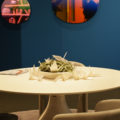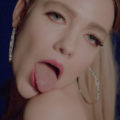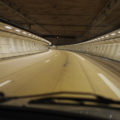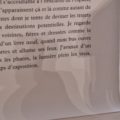A political art is required
Art has always seemed to me to be an active force, a catalyst, a starting point. I never believed in “art for art”. However, I have long tried to find my place in artistic productions – and I write well productions – devoid of any context, laid there, waiting for the viewer’s approval, or a pen stroke from the critic to come to life. Now uncomfortable in the white cube, cramped in the galleries, I gradually extract myself from this artistic sphere. Because this art is part of a globalized system with which I don’t get along at all. This art, tamed by the economy, which bends its back in front of its patrons, which creates consensus among those who have the cultural, social and political capital to form a bloc, is – like most of what is law in our society – a factor of exclusion.
Contemporary art, as an art of discourse, is smoky. Through provocation or monumentality, art seduces but no longer disturbs. He only lets himself be penetrated by rough first impressions, and does not expect anyone to come and decode him. He closes up, looks at himself shining, reflexive and navel-gazing. The contemporary art system is in fact a community where particular signs and codes navigate. Thus, by the complexity of his discourse, and by the apparent visual accessibility of the blockbusters, he becomes, in addition to being gaseous, a decoy, a trap, for those who do not speak his language.
In short, instead of knotting, linking, gathering and dividing, questioning and solving, current artistic production thinks of itself as an autonomous force, and sets aside more than ever.
Contemporary art needs to be politicized, it has long since the awareness of individuals no longer passes through the “aesthetic shock” it promises. It also needs to open up to otherness, to current transitions, to make itself accessible. Art, when it is inclusive, is an invaluable emancipatory force for individuals. To politicize art is, according to Jacques Rancière, to be aware of and trust in the equality of intelligences. Stop waiting for the visitor, the spectator, a reaction, an emotion, stop infantilizing it, but risk working together and waiting, observing, going to the rhythm of the other, and letting it happen, letting it create.
It is the artist from whom this breath must come. Get out of the white cube, go to the meeting, take a step aside. The artist must see himself more as a tool, an accelerator of consciousness. In 2002, when Thomas Hirshhorn imagined the Musée Précaire Albinet in Aubervilliers – a museum built by the inhabitants of the Landy district, with exhibitions, workshops and a library, which houses the milestones of 20th century art, some of which were on loan from the Centre Pompidou – he acted with a view to democratizing art that made sense at the time: “the project to move major works to a city on the periphery of the capital showed that art is a question that can concern everyone”.2 He adds: “It is an artistic project, any other interpretation is a misunderstanding or a facility. It is not a question of restricting art to a mission of entertainment or a political-social purpose “3, thus anticipating criticism mocking its benevolence and leniency towards those who do not have “access to” art.
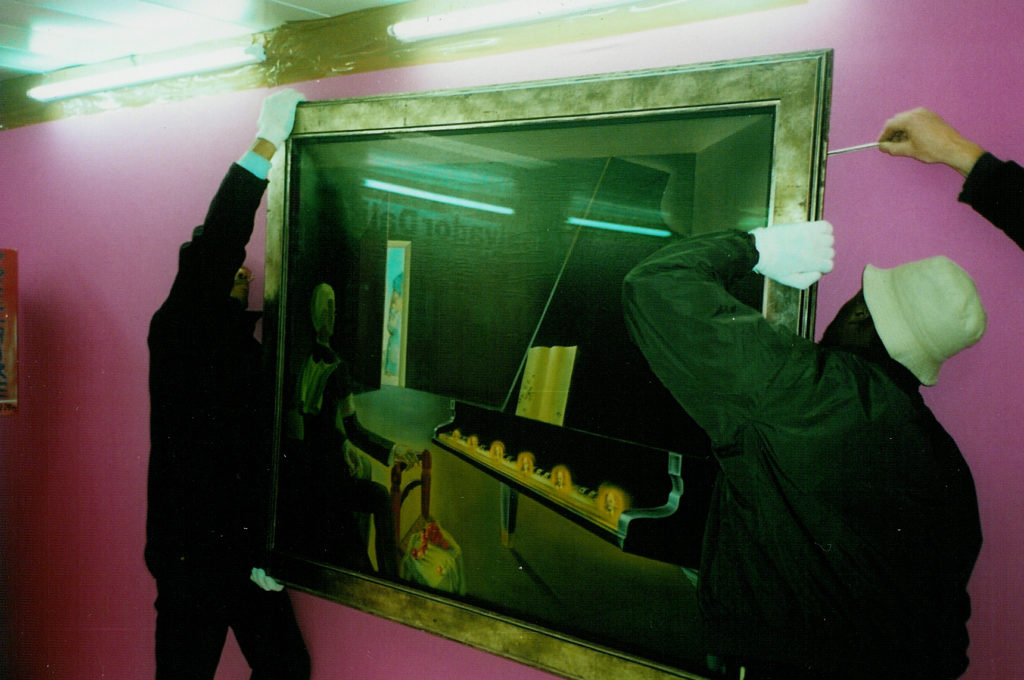
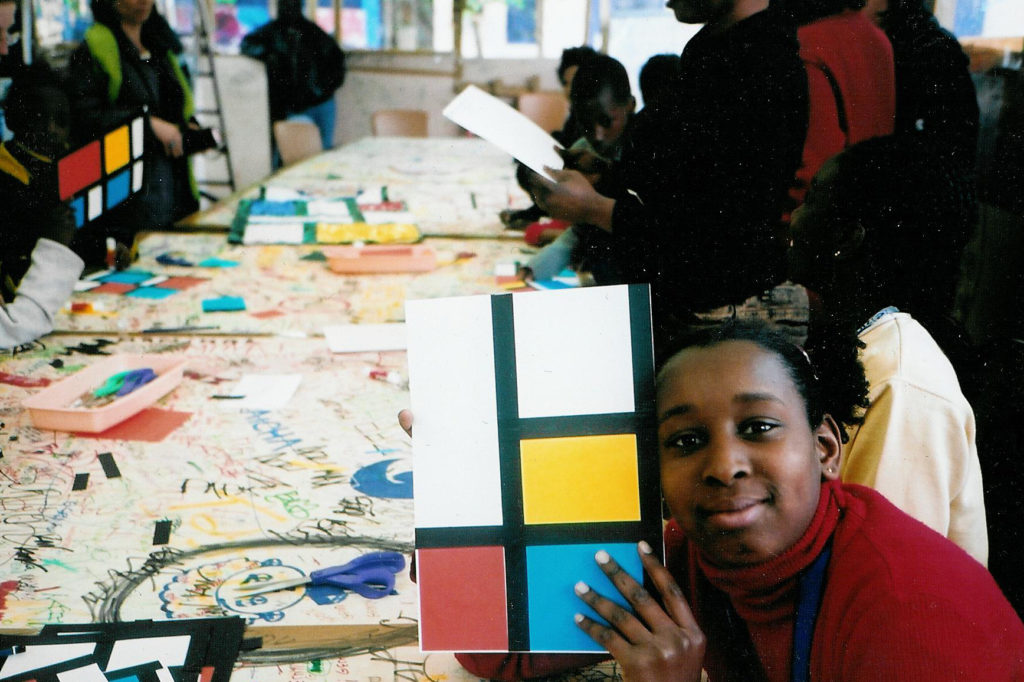
Today, it is this “access to” that must be bypassed. It is precisely here that exclusion is at stake: taking art out of the museum seems a laudable gesture, but in reality the logic remains the same, vertical: the artist dictates and the individual who participates, precisely does nothing but participate. At no time does it act or influence the artistic project. In participation, the individual is made to believe that he or she is effective, responsible. But participatory art actually becomes a managerial tool: the participant becomes a link, an interchangeable piece, a subject consuming the artist’s know-how, a small hand, nevertheless delighted to have been able to contribute to the building. Through participation, we make people believe, we maintain control: “Where the police officer threatens, the artist softens “4.
This is the trap, art becomes a varnish, a guarantor of social peace. This is the whole issue of inclusion, of the repoliticization of art. Not only must we leave these usual places, conquer and invest in other spaces, but we must also, still according to Jacques Rancière, an art “which aims to raise awareness of the mechanisms of domination in order to change the spectator into a conscious actor of the transformation of the world”.5 To politicize art is to challenge and question the organization of society, what he calls “sharing the sensitive”. The artist must not act as a Christ figure, he must not expect, not expect, not expect anything, first observe, seize given situations, on a given territory. Art is conscious and meaningful only if it is thought of on a territory, in a context. The artist must stop saying “I” and must think “we”, he must live, walk, let himself be seduced by encounters, make the words of the individuals he meets his raw material. It is in letting it happen, in the increase of observed situations, in the withdrawal, and in the activation of dormant dynamics that the place is made for the other, for the spectator finally actor. It is all the poetry that many artists grasp, although still too few in number, that rethinks art in network with the world. It is on this thread that the collective “Random” operates, notably in La Courneuve, installed since 2017, in one of the 350 housing units of the Robespierre bar dedicated to destruction. They accompany the occupants, at their own pace, in this transition: farewell rituals, chance encounters, festive times, all together, suspended moments where situations make art, and where art makes strength, allow everyone to think of themselves as a network.
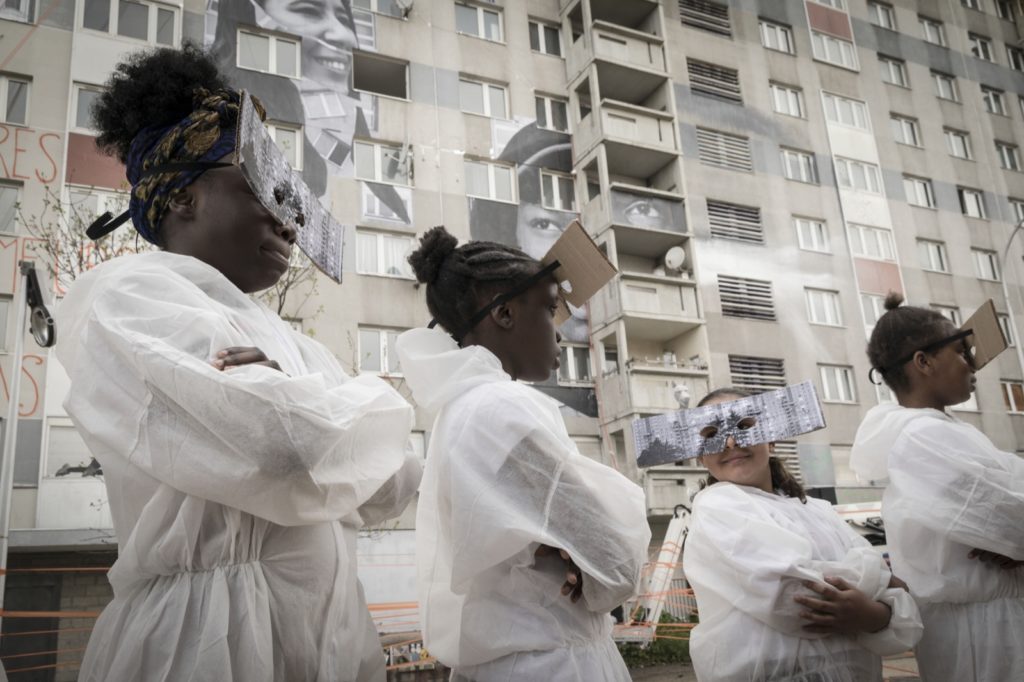
1- Jacques Rancière, Le spectateur émancipé, édition La Fabrique, 2008
2- Thomas Hirschhorn dans Jours tranquilles au Musée Précaire Albinet, documentaire réalisé par Coralie Suard, 2005, 52 minutes, production Artfilms/Centre Pompidou
3- Thomas Hirschhorn dans Jours tranquilles au Musée Précaire Albinet, documentaire réalisé par Coralie Suard, 2005, 52 minutes, production Artfilms/Centre Pompidou
4- Laurent Cauwet, La domestication de l'art, édition La Fabrique, 2017
5- Jacques Rancière, Malaise dans l'esthétique, édition Galilée, 2004
First Image : Situation(s) Robespierre – Collectif « Random » - La Courneuve. © Collectif « Random »



